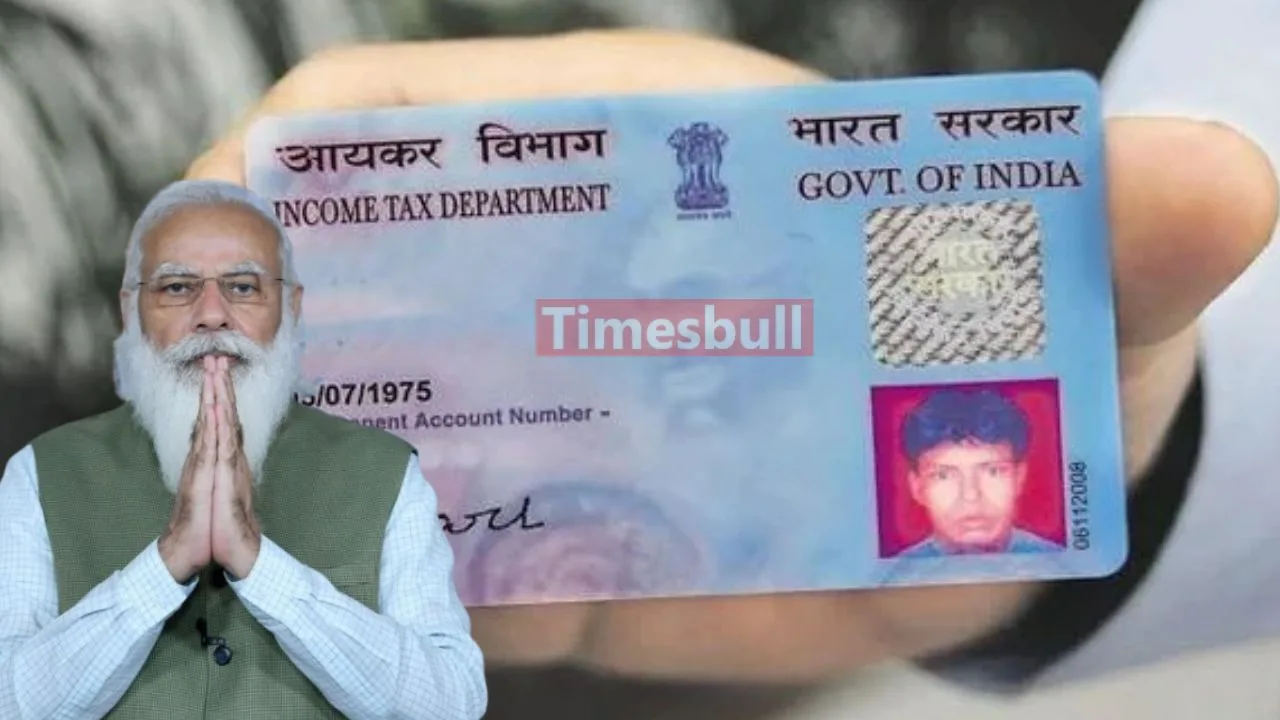A Permanent Account Number (PAN) is a unique 10-digit alphanumeric identification issued by the Income Tax Department to Indian taxpayers. The PAN card contains the individual’s PAN number, along with their name, date of birth, father’s or spouse’s name, and photograph. It is a key document for tax identification, especially for those required to file taxes. Currently, a PAN card is also required for banking sectors.
A PAN card can be used as proof of identity or date of birth. However, it is not uncommon for people to possess multiple PAN cards. Many are unaware of the legal implications of having more than one. It’s important to understand whether holding multiple PAN cards is legally valid, and here we’ll provide information on the matter, addressing common misconceptions about its validity.
What Does the Income Tax Act Say?
According to Section 139A(7) of the Income Tax Act, no person can apply for or hold more than one PAN. Having multiple PANs is illegal, though it is not illegal to have two physical copies of the same PAN. A duplicate copy is allowed, but owning multiple PANs can result in a penalty under Section 272B of the Act. The penalty for holding multiple PANs is up to Rs 10,000, determined by the assessing officer.
Why Is PAN Important?
The PAN card is essential for all financial transactions. It is used to track your financial activity, pay income tax, receive refunds, and communicate with the Income Tax Department. It is also recommended to link your PAN with Aadhaar for easier tracking.
How to Apply for PAN Card Online: Quick Guide
- Visit Website: Go to NSDL or UTIITSL website.
- Select Application Type: Choose “New PAN – Indian Citizen (Form 49A)”.
- Fill Form: Enter your details (name, DOB, Aadhaar).
- Upload Documents: Provide ID proof, address proof, and DOB proof.
- Make Payment: Pay online via card, net banking, or UPI.
- Submit Form: Sign and submit the acknowledgement form.
- Track Status: Use the acknowledgement number to track.
